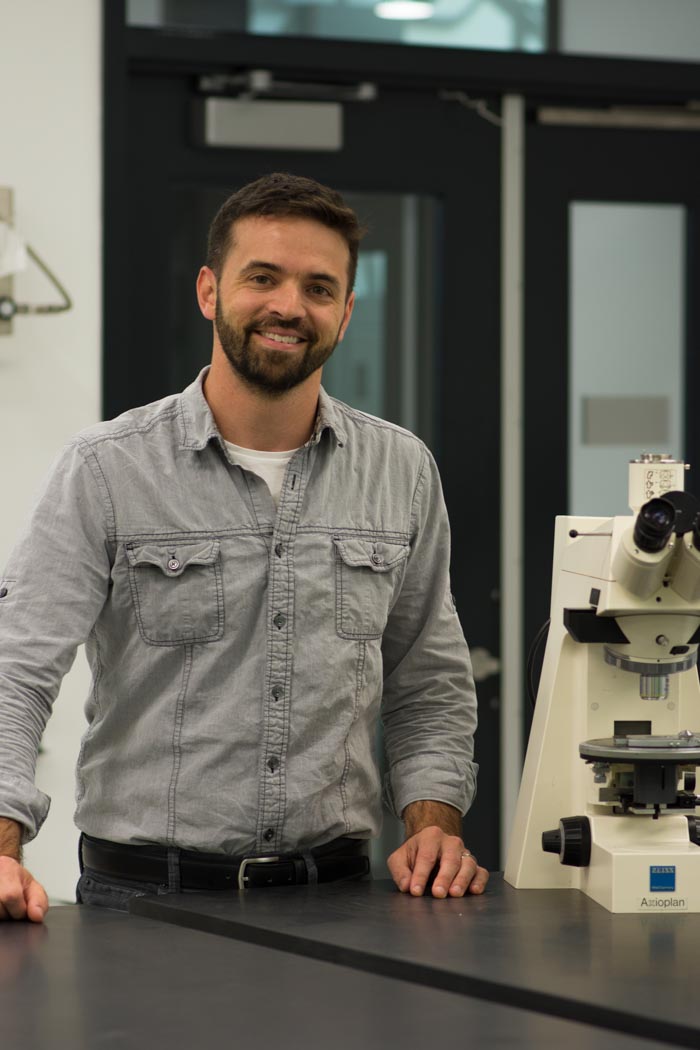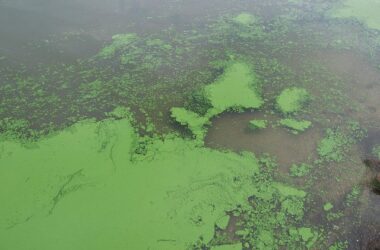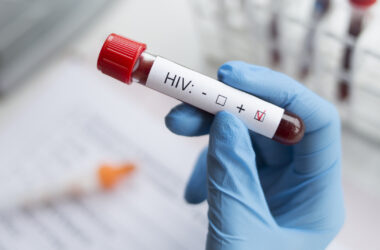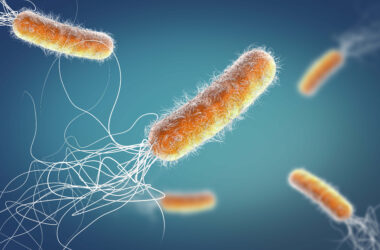On Sept. 14 at Soup and Science, students were made privy to the exciting field of Sustainable Materials Chemistry, as presented by Matthew Harrington, an assistant professor in the Department of Chemistry.
“Since 1950 we’ve accumulated over five billion metric tonnes of plastic in our environment and landfills with a projected increase to 12 billion by 2050,” said Harrington.
Despite this mass of waste and its associated environmental cost, Harrington and his team are investigating a cause for hope. The team aims to create new materials that are both high-performance and environmentally sustainable.
“In my group we want to borrow design principles from nature in order to make better materials in better ways,” Harrington said. “Biological organisms create a huge range of materials which exhibit really impressive material properties and structures, and these are made from very simple building blocks […] mainly comprised of proteins, sugars, and fats.”
Currently, Harrington’s lab focuses on mussels, specifically their byssus, or ‘beard,’ which they use to attach to solid surfaces like rocks and the seabed.
“[The byssus] is a crucial material the mussel makes that allows it to survive […] against crashing waves,” Harrington said. “The material is stiff, it’s tough, it’s self-healing, [and] it has an underwater glue. In my group, we […] take out molecular level design principles […] and then transfer these to engineers in order to make things like surgical adhesives and self-healing materials.”
The lab uses a cross-disciplinary lens combining many scientific fields as a key tool to understand these natural structures.
“Don’t pay too much attention to the typical disciplines of biology, chemistry, and so on,” Harrington suggested. “Explore [them].”









